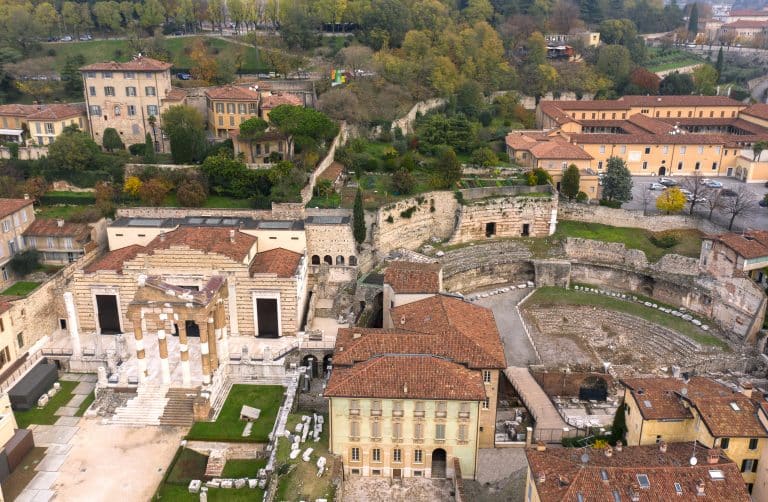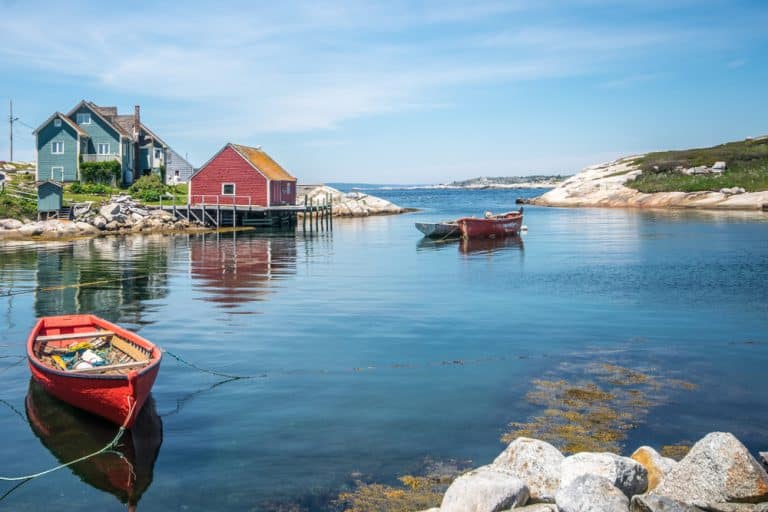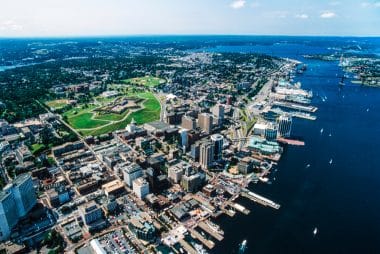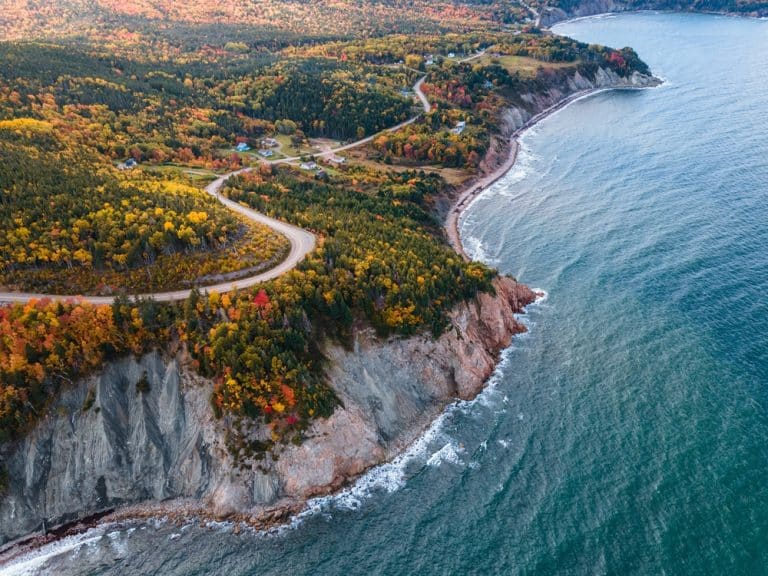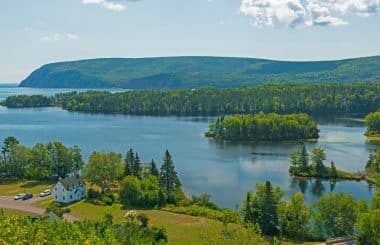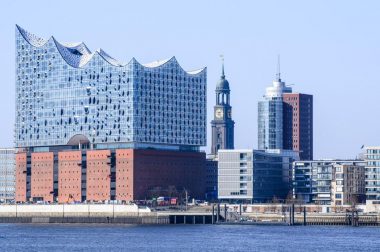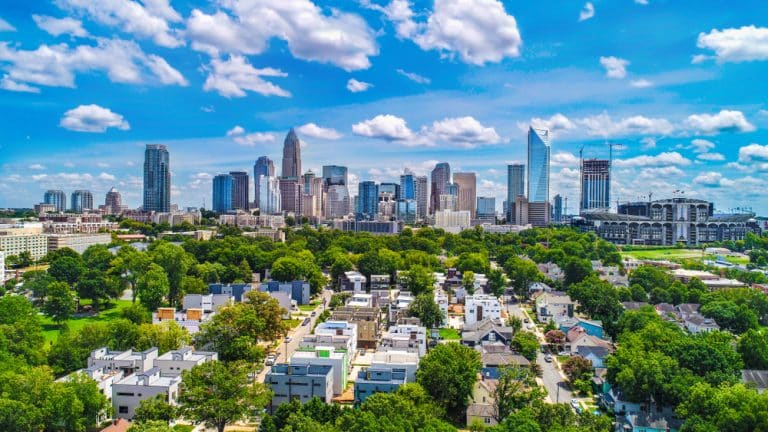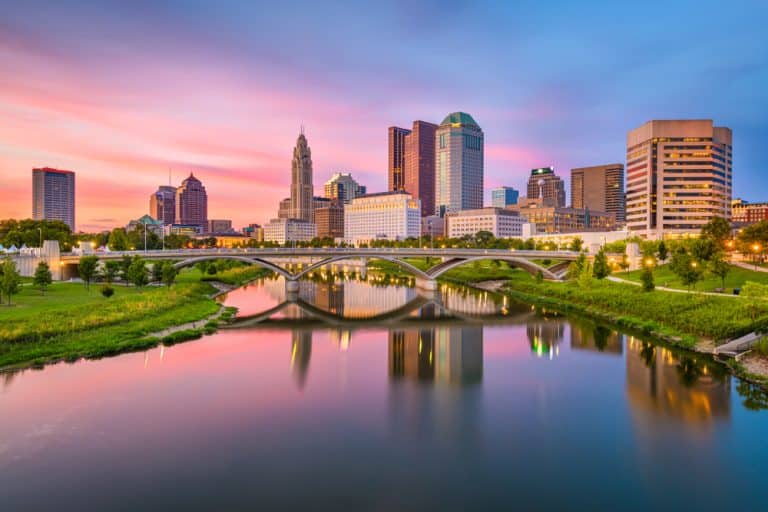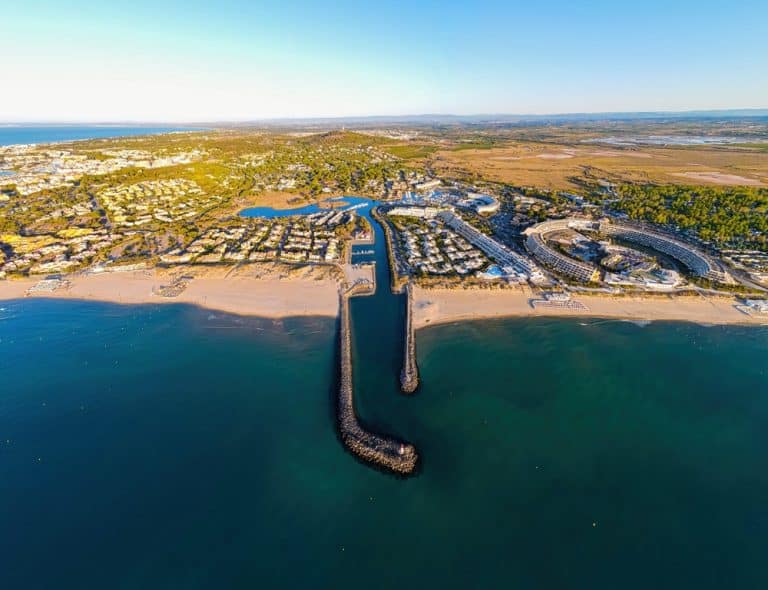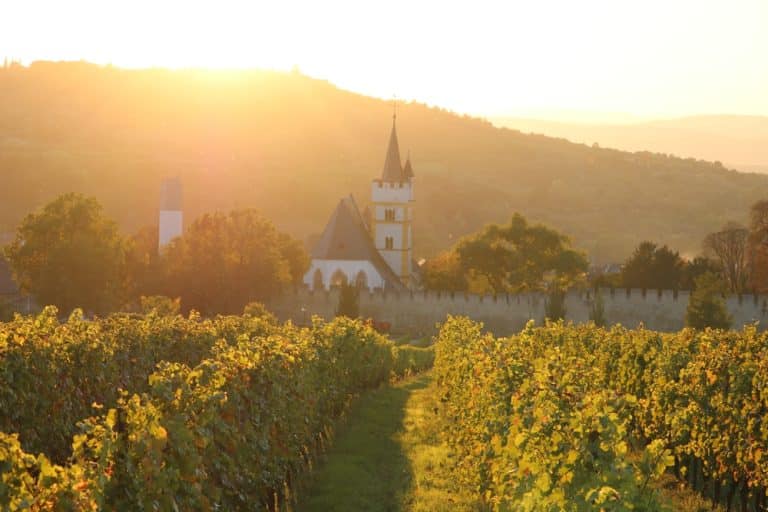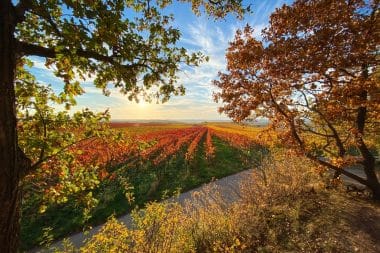In the age of digital networking, the working landscape has changed fundamentally. Thanks to the possibility of digital roaming, it is now easier than ever for many people to work from anywhere. But how can the desire to travel be reconciled with working life? In a study by Sabine Sonnentag it was found that a long-lasting, uninterrupted workload can lead to burnout symptoms, which in turn have a negative impact on well-being and productivity. In this article, we’ll explore the importance of balancing work and wanderlust for digital nomads.
The lifestyle of a digital nomad
Digital nomads are usually freelancers who, thanks to the digitization of their work, can operate from any location. In the last 30 years, the number of freelancers in the field of professional services in Germany has tripled – from 5 to 1.5 million. This pace of growth has continued until 2022 and is expected to increase further. The freedom to work remotely is one of the main reasons for the digital nomads’ lifestyles.
Digital nomadism offers numerous advantages. It allows for flexible working methods and independence in terms of the place of work. It also offers the opportunity to get to know different cultures and gain new experiences. However, there are also challenges, such as managing time differences, finding a productive work environment on the go, and maintaining communication and collaboration at a distance.
The importance of being a digital nomad
As a digital nomad, you have the freedom to arrange your working hours and place of work flexibly. You can adjust your working hours so that you can live out your wanderlust without neglecting work. The flexibility allows you to find your own rhythm and combine the best of both worlds.
Choosing the right job or business model
To be successful as a digital nomad, it is important to choose the right job or business model. Jobs that allow for location-independent work are ideal for digital nomads. In addition, business models such as freelancing or online businesses are ideal for working flexibly and realizing the desire to travel.
Technological requirements for working on the go
In order to be able to work efficiently on the road, the right technological equipment is crucial. There are various devices that can make work easier, such as the Ticktime Pomodoro Timer for effective scheduling or the SunShader 2.5 for better screen readability in bright light.
Strategies for reconciling work and wanderlust
A good time management strategy is essential to successfully balance work and travel. By consciously prioritizing tasks and setting clear working hours, you can increase efficiency and plan enough time for travel and recreation.
Creating a productive work environment on the go can be challenging. It is advisable to visit oases of peace such as Coworking Spaces or quiet cafés. The presence of suitable hardware and a reliable internet connection are also important to be able to work productively.
In order to realize the desire to travel, it is advisable to consciously integrate travel into your everyday work. By planning longer stays in one place or taking so-called “bleisure” trips (combination of business and leisure), you can effectively combine work and travel.
Challenges and solutions
One of the challenges for digital nomads is to coordinate working hours with travel times. It is important to set clear boundaries and set fixed working hours in order to draw a clear line between work and leisure.
Communicating and collaborating remotely can be challenging. Digital nomads need to rely on appropriate communication tools and establish clear lines of communication to ensure smooth collaboration with colleagues and customers.
Life as a digital nomad can lead to isolation and loneliness. To combat this, it’s important to build a support network, whether it’s by connecting with other digital nomads or regularly interacting with friends and family. In addition, you should consciously look for social activities on site in order to make new contacts.
Tips and tricks for aspiring digital nomads
Thorough planning and preparation are crucial for aspiring digital nomads. This includes setting goals, choosing the right job or business model, and financial security. In addition, you should inform yourself about the cultural and legal conditions of the destination.
It is helpful to build a support network consisting of other digital nomads or like-minded people. Online communities, meetups or
Coworking spaces
can help to make contacts and receive support.
Success stories and inspiration
Case studies of successful digital nomads can be inspiring and provide valuable insights. They show how different people shape their lifestyle as digital nomads and are successful in balancing work and travel.
There are numerous personal experiences and ideas from digital nomads that can serve as inspiration. Exchanging ideas with other digital nomads or reading travel blogs and testimonials can help you discover new perspectives and creative approaches.
Balancing work and wanderlust as a digital nomad requires conscious planning, flexibility, and self-care. It is important to understand the benefits and challenges of digital nomadism and to develop appropriate strategies to balance the desire to travel with work.
Digital nomadism is expected to continue to gain traction as the work landscape becomes increasingly digitalized. More and more people will see the benefits of working remotely and opt for this lifestyle.



